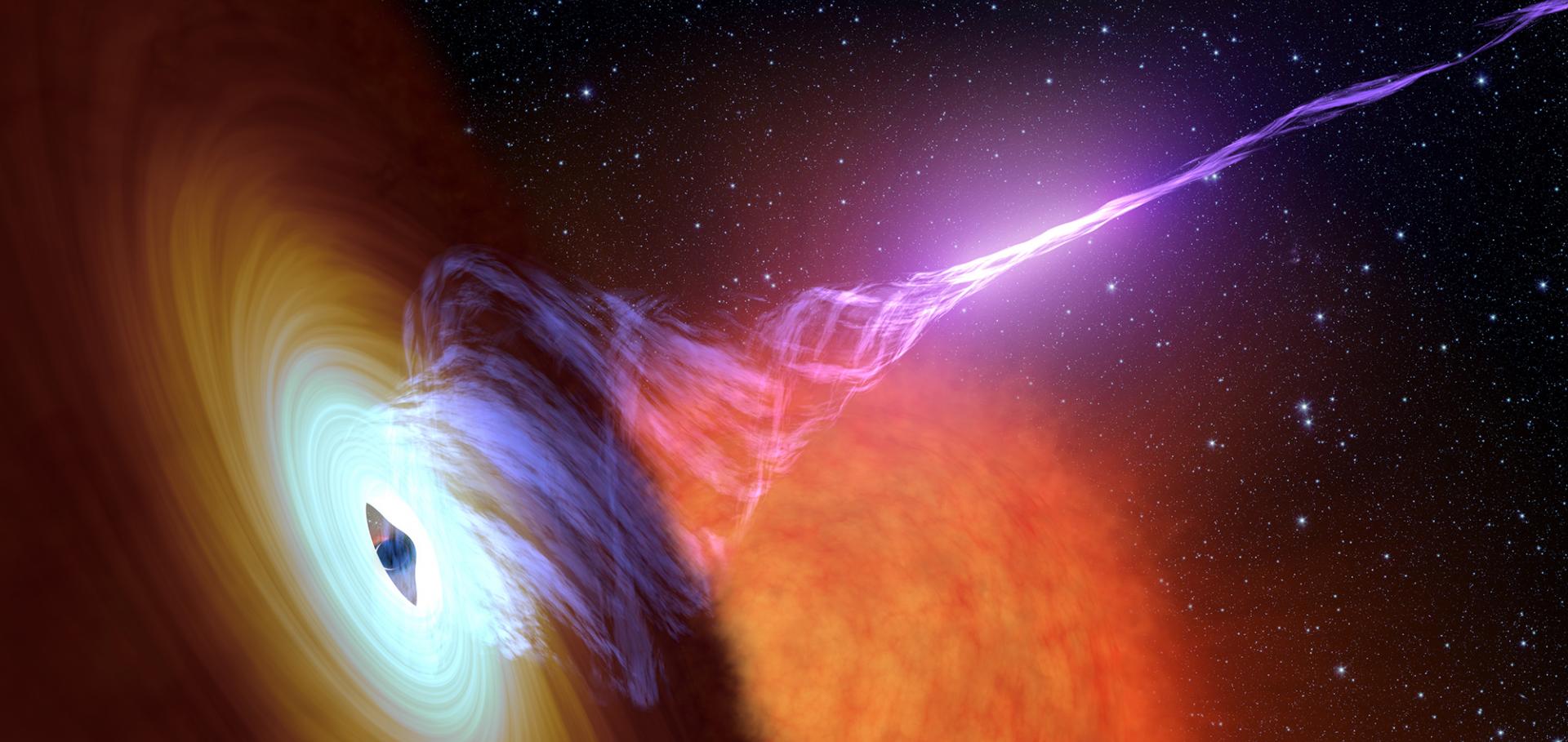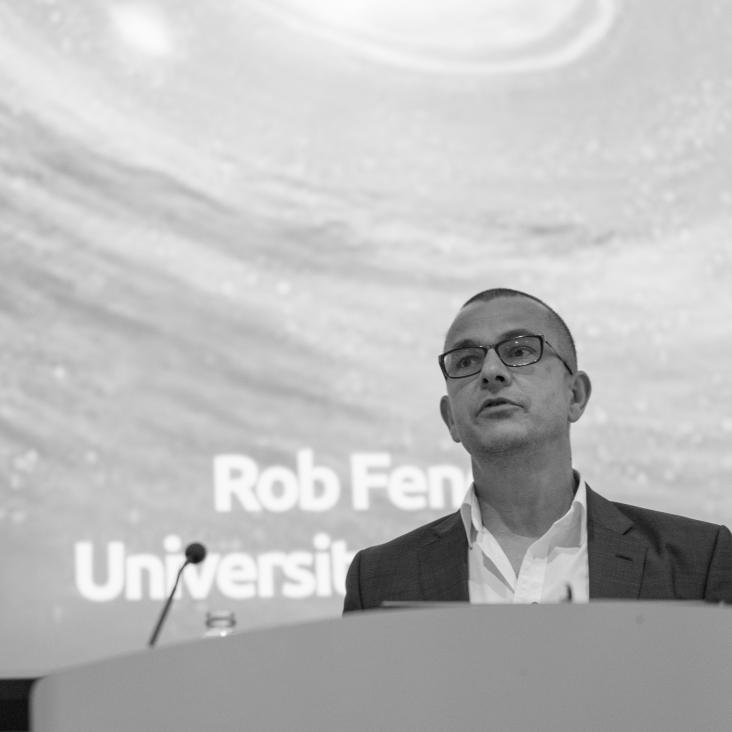The 2003 radio outburst of a new X-ray transient: XTE J1720-318
Monthly Notices of the Royal Astronomical Society Oxford University Press (OUP) 356:1 (2005) 125-130
Upper limits on central black hole masses of globular clusters from radio emission and a possible black hole detection in the Ursa Minor dwarf galaxy
Monthly Notices of the Royal Astronomical Society: Letters Oxford University Press (OUP) 356:1 (2005) l17-l22
The radio spectrum of a quiescent stellar mass black hole
Monthly Notices of the Royal Astronomical Society Oxford University Press (OUP) 356:3 (2005) 1017-1021
A unified model for black hole X-ray binary jets?
Chapter in Astrophysics and Space Science, Springer Nature (2005) 1-13


